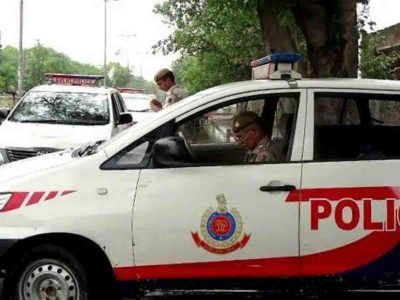A beautiful monsoon day begins with the Azan (call to prayer) from the iconic grand mosque of Jama Masjid in Old Delhi. I wake up early in the morning, before the sun rises and the rain starts, go to Jama Masjid and pray.
Namaz gives believers such a soulful, spiritual feeling, coming at a time when the sun is rising. I linger awhile, but the hustle-bustle of the city reminds me that the comfort I experienced has to be short-lived.

I look outside and see a rickshaw puller looking for passengers among people leaving for work. As the day progresses, there is an increase in the number of people on the streets of Old Delhi.

Shahjahanabad has a rich history; it was founded by Mughal emperor Shah Jahan in 1639 and remained the capital of the empire until the end of their era in 1857.
Once, Shahjahanabad was dotted with mansions of nobles and members of the royal court along with the elegant mosques and gardens. Now it looks overcrowded and dilapidated.

During the time of British rule, the capital was shifted to Calcutta. Since then, the Old City has witnessed chaos and struggle. It has become a place where migrant workers and busloads of pilgrims visiting India’s largest mosque outnumber the residents.

Everything in the neighbourhood, which dates back to the 16th century, was built on a grand scale. The sprawling courtyard of the mosque can accommodate 25,000 people. Nearby lies Chandni Chowk, a bustling bazaar filled with food carts, sweet shops and spice stalls.The Red Fort is majestic and massive, symbolic of large empires and soaring ambitions.

Now, ordinary people flock there to worship, to shop, to enjoy street food and to feel a link with the glories of the past. Individuals like me, who have to decide whether to look at the skyline for inspiration or the ground realities of the modern era.
For more stories that cover the ongoings of Delhi NCR, follow us on:
Instagram: instagram.com/thepatriot_in/
Twitter: twitter.com/Patriot_Delhi
Facebook: facebook.com/Thepatriotnewsindia





